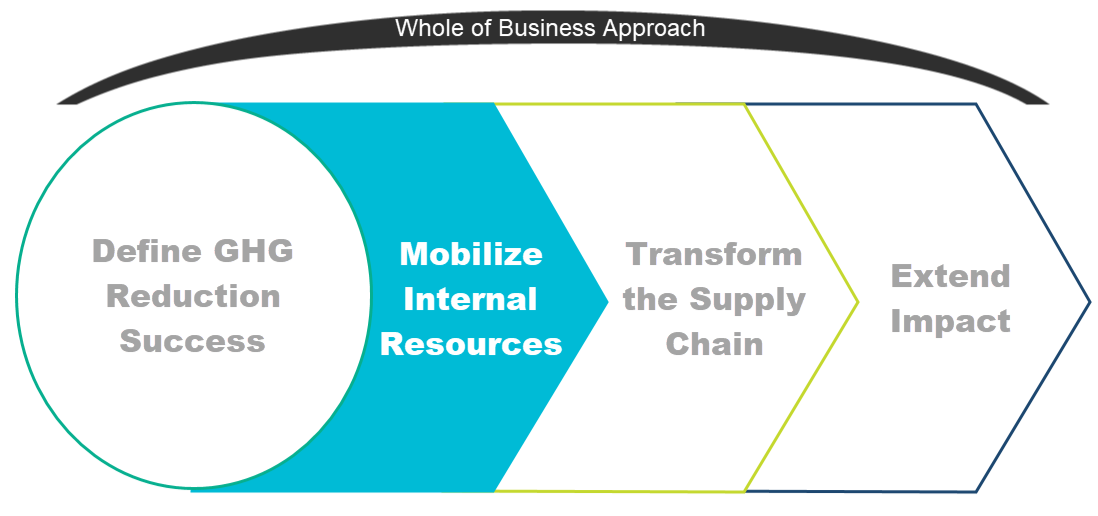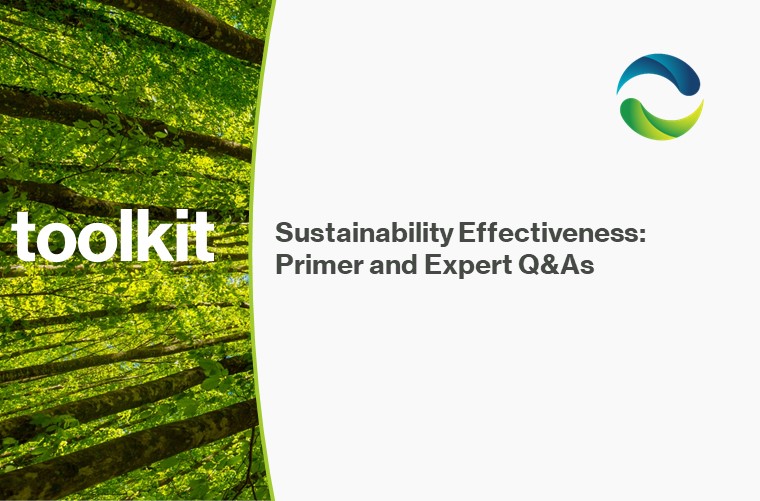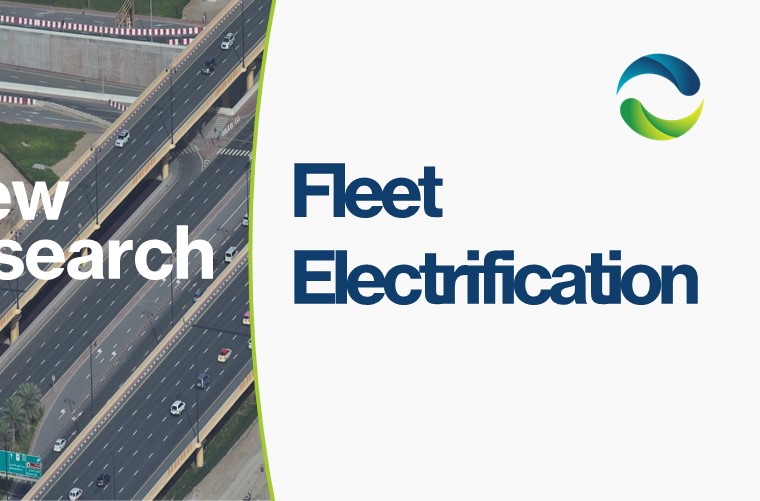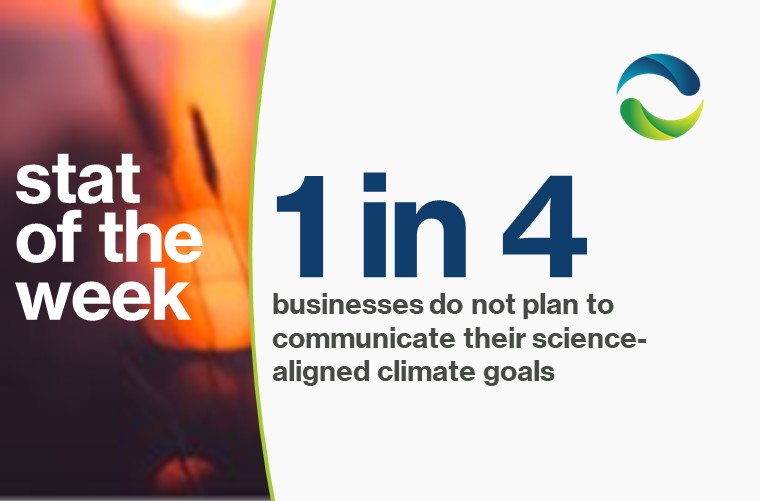Once a business has established climate goals based on GHG reduction outcomes, leaders must mobilize their organizations and scale up activity to meet their ambitions. Unexpected reactions and inadequate change management can get in the way of the best-laid plans.

In Friction Points in Fashion & Textiles: Removing Barriers and Accelerating Climate Action, The Climate Board uncovered several challenges in mobilizing organizations to achieve carbon reduction goals.
People lack sufficient knowledge to make the right changes. Transforming an organization for sustainability requires understanding the challenges, risks, costs, and solutions at all levels, from functional roles to the Board of Directors. Of particular concern can be a relatively rigid middle layer of decision-makers with well-established ways of doing things – dislodging entrenched behaviors that have led to success in the past is often the most difficult part of the challenge. Companies that have succeeded in ingraining a sustainability mindset and changing behavior have invested substantial effort in identifying knowledge needs for each level and function, and educating people in every part of their business. They build a common understanding of the state of the industry, the organization’s sustainability strategy, and each individual’s role in contributing to the company’s objectives.
The drive for measurement has resulted in “analysis paralysis. ”There is a constant lament in sustainability circles over the scarcity of industry data, the lack of common measurement standards and systems, and the inadequate frequency of measurement to drive decisions. Each of these is a very real challenge to effecting the fundamental changes required to meet ambitious climate objectives. However, we’ve still seen companies drive significant progress toward their GHG reduction goals. Addressing the measurement challenge requires balancing two directly contradictory imperatives – the need to define, measure, and track progress against objective quantitative targets and the need to move now, even in the face of inadequate measurement. The companies that are excelling have recognized that measurement can be the enemy of the good if it stymies action.
Organizational efforts are fragmented because of operational and information silos. There is a wide variety of excellent practices, innovations, and initiatives in happening in a broad swath of companies. There is also a fragmentation of effort, particularly in multi-brand organizations – innovative approaches are often slow to be shared across brands for more significant impact. This points to an opportunity to build better and faster internal sharing mechanisms for best practices, techniques, and technologies to promulgate and adopt these practices more quickly.
Carbon impact is not integrated into decision analysis. The tools used to make business decisions – primarily financial analysis and budgeting – often do not reflect the costs of carbon emissions. As long as carbon impacts remain an externality, decisions are likely to serve explicit cost and quality objectives best, while giving insufficient attention to environmental considerations. There are various approaches to incorporating the concept of environmental cost in decision-making analyses. These help decision-makers understand the true costs of their activities and begin to explicitly illustrate how their choices impact their contribution to overall emissions reduction goals.
Has your organization encountered these friction points? The Climate Board provides best practices and practical insights to address challenges like these. Contact us for more information about joining, and subscribe to our mailing list to be alerted when we release new content.




